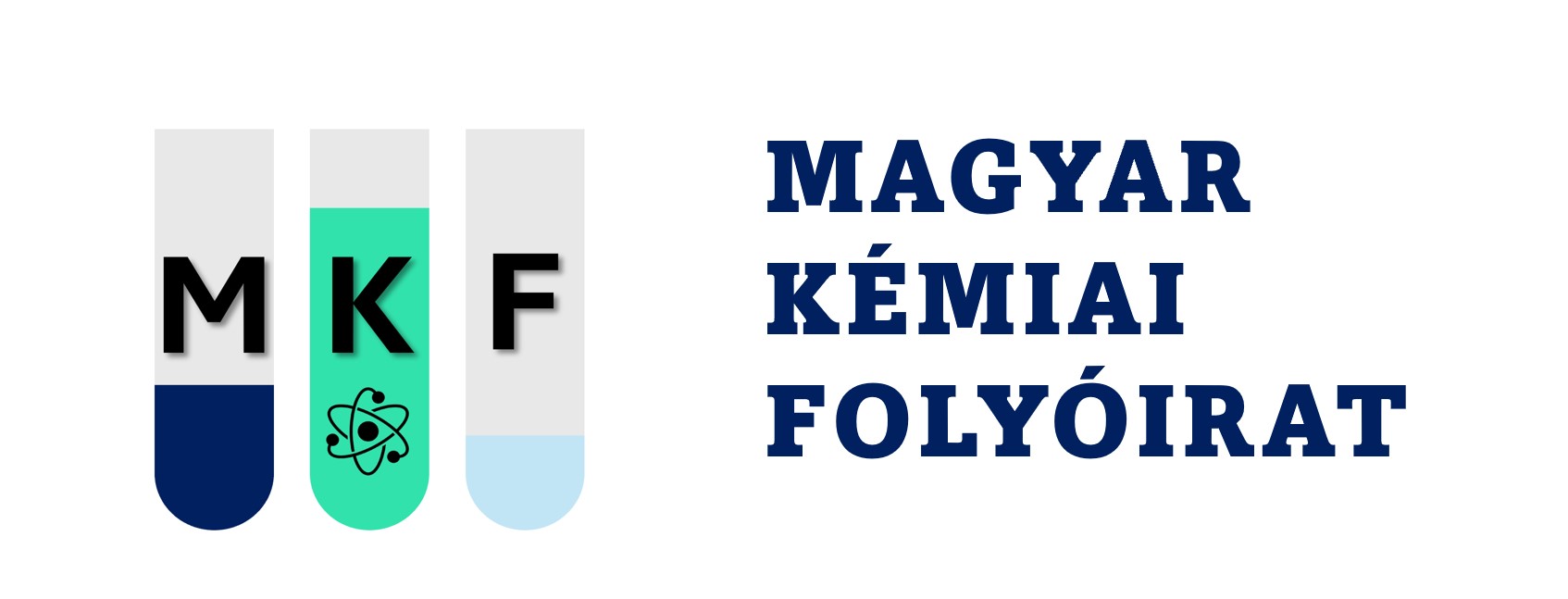Synthesis of potentially anticoagulant heparin-analog oligosaccharides
Abstract
Our research group has been studying the synthesis of anticoagulant heparin-analog pentasaccharides for a long time. Within this research, the most active, non-glycosaminoglycan type synthetic fondaparinux analog, idraparinux (3) has been prepared by several new pathways, as well as other biologically active pentasaccharides in which some of the sulfate ester groups have been replaced by sulfonatomethyl groups. However, it has not yet been studied whether other l-hexoses can substitute the l-iduronic acid unit and can provide the 2 SO conformation required for the anticoagulant effect. Taking into account that the biggest challenge in the production of heparinoid oligosaccharides is the efficient synthesis of the l-idose unit, one of our aims was to prepare idraparinux analog pentasaccharides (4-6) in which the l-iduronic acid unit was replaced by a 6-deoxy-l-talopyranoside building block. In our examination, we supposed that the easier-to-produce 6-deoxy-l-talopyranoside may also provide the skew boat bioactive conformation. During the synthesis of the desired pentasaccharides, we followed the previously used [2+3] block synthesis strategy. For this, the trisaccharide acceptor FGH (9) required for the protected pentasaccharide (7) was prepared in three different ways. The resulting compounds were then coupled with the disaccharide donor DE (8). By transforming the pentasaccharides to the appropriate final products (4-6), we were able to synthesize all three planned compounds in 33-35 steps with 0.7-0.9% overall yields. The anti-Xa inhibitory effect of the products (4-6) was determined by in vitro studies in human plasma. Although the synthesis of the pentasaccharides was successfully shortened by the replacement of the l-iduronic acid unit, a complete loss of the anticoagulant activity was observed. After conformational analysis of the synthesized molecules, it was found that the unit G in these compounds occurs mainly in the less biologically preferred 1 C4 conformation. In parallel with the oligosaccharide syntheses, we also studied the possibilities of the efficient preparation of l-idose. As a part of this research, our plans included the development of a new, more efficient method for the synthesis of l-idosyl thioglycoside donors, which can be used directly for the production of heparin-analog oligosaccharides. Within this examination, we have extended the synthetic method previously described for O-methyl-α-dglucosides to thioglucoside derivatives, the key step of which is the diastereoselective hydroboration/oxidation of 5-hexenopyranosides formed from appropriately protected sugar derivatives. The required 5,6-unsaturated compounds (23, 24) for the d-gluco → l-ido transformations were prepared by the elimination reaction of the corresponding 6-deoxy-6-iodine derivatives. Although it was known from the literature, that the α-anomeric configuration is essential for the high l-ido selectivity, we first performed the compatibility studies on β-thioglycosides since they are easier to synthesize than the α-isomers. The hydroboration and subsequent oxidation were performed with high efficiency using different protecting group strategies. As expected, d-gluco epimers were formed as the main products in all cases. Furthermore, the oxidation conditions described for O-glycosides, have been prov- Magyar Kémiai Folyóirat 57 130. évfolyam, 1-2. szám, 2024. en to be suitable for sugar derivatives containing thioaglycone, since the sulfur atom was not, or very small extent oxidized in the reactions. Next, the transformations of α-thioglycosides were investigated (23, 24). For this, the hydroboration and oxidation reactions of compounds protected with ether groups [Bn, 4-methoxybenzyl (PMB), (2-naphthyl)methyl (NAP)] in different positions were studied. By performing the epimerization reactions of these compounds, the expected l-idose derivatives (26, 27) were produced in good yields. The synthesis of these molecules required 11 steps and starting from d-glucose the overall yields were 16 and 15% respectively. To examine the applicability of the synthesized l-idose derivatives, glycosylation test reactions were also carried out. In the coupling reactions, we used the two orthogonally protected donor molecules (29, 30). Subsequently, the obtained derivatives were coupled with an N-acetyl glucosamine acceptor (32). During the glycosylation reactions, it was found that the reactions with donors containing 4,6-aryl methylene acetal resulted in α-linked disaccharides (33, 34) with full stereoselectivity. Finally, using the method further developed for the synthesis of l-idose thioglycoside donors, we also prepared idraparinux (3) in a new, shorter, and more efficient route than before. The key step in this reaction pathway was the synthesis of the appropriate 4,6-acetal-protected l-idose glycosyl donor (31) and with the use of it the preparation of disaccharide GH (36). The production of the new l-idose donor (31) required 11 steps with a 19% overall yield starting from d-glucose via the appropriate 6-deoxy-6-iodo-thioglucoside. Using this compound in the glycosylation step, the α-interglycosidic bond-containing disaccharide GH was formed (36) with good yield and complete stereoselectivity due to the directing effect of the 4,6-acetal ring on the donor molecule. In the following the trisaccharide acceptor FGH (37), then the protected pentasaccharide was successfully synthesized, which was converted to the final product (3) in 6 more steps. Applying this synthetic method, the preparation of idraparinux starting from d-glucose as well as methyl α-d-glucopyranoside required 38 steps with 0.15% yield. The successful synthesis of heparinoid disaccharides (33, 34), as well as idraparinux (3), has demonstrated the fact that glycosyl donors containing a 4,6-aryl methylene acetal ring can be used to perform 1,2-trans-α-selective coupling reactions in the lack of a C2-participating group, which may pave the way to designing more diverse protecting group strategies for the synthesis of heparin oligosaccharides.





